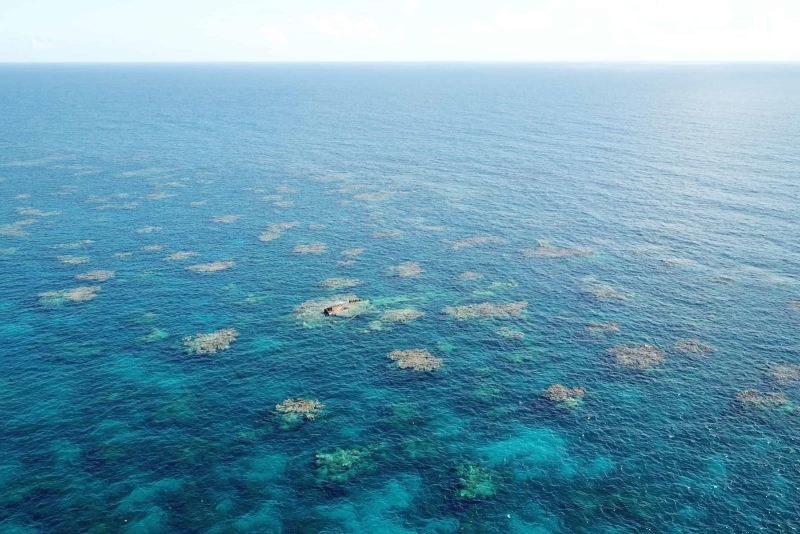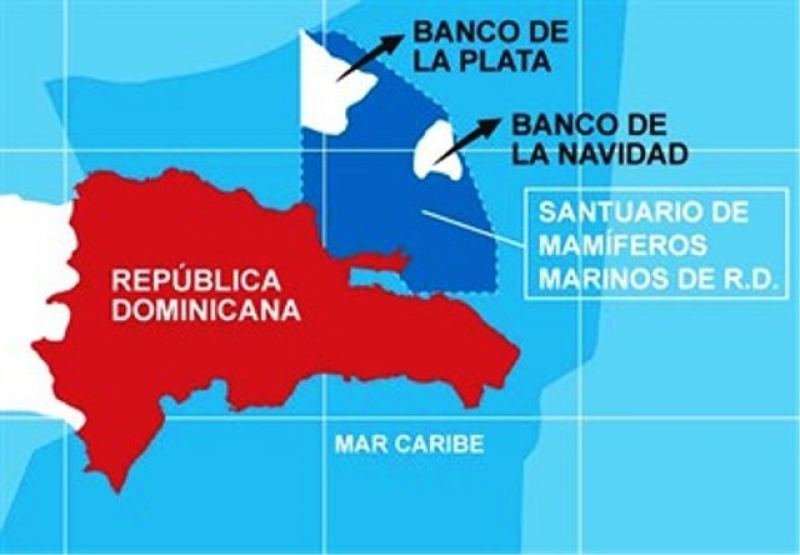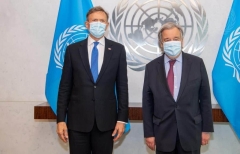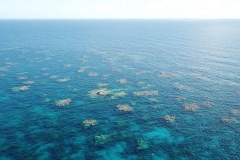
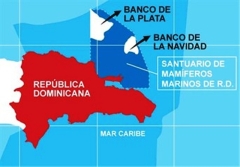

The Banco de la Plata reef is in danger of extinction
According to one report, less than 12% of live coral remains in the area
The National Authority for Maritime Affairs of the Dominican Republic (Anamar) presented a report entitled "Current status of the Banco de la Plata Reefs, Dominican Republic: Expedition April 2022", with the participation of a multidisciplinary team that carried out a survey in a portion of the Banco de la Plata in the north of the Dominican Republic, where technicians from the Dominican Foundation for Marine Studies (Fundemar) also participated.
For Anamar, this study is a rapid evaluation that serves as a baseline for the description of the current condition of the coral and fish communities of the Banco de la Plata, including universal indicators of reef health, such as the structure of the benthic community and abundance and richness of coral and fish species, as well as disease prevalence.
The Banco de la Plata is part of the Banco de la Plata and Navidad Marine Mammal Sanctuary, created by decree No. 319 of October 14, 1986, one of the first protected areas of this nature established worldwide, in addition to being the largest marine protected area in the Dominican Republic and the first marine mammal sanctuary in the Atlantic Ocean. In addition, every year thousands of humpback whales (Megaptera novaeangliae) migrate from the North Atlantic, where they mate and give birth, both in the Banco de la Plata, La Navidad and the Bay of Samaná.
It is an open water reef complex, located 65 nautical miles north of the Dominican Republic from the nearest point of land and averaging 35 nautical miles wide in a northwest/southeast direction, and averaging 30 nautical miles long in a northeast/southwest direction.
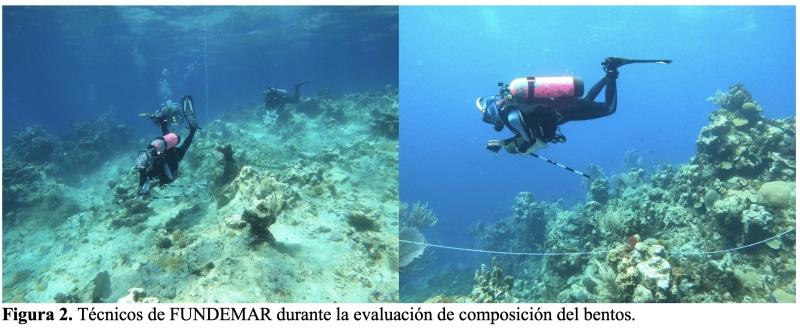
The report details that, in this study, sites located in the northern area of the Banco de la Plata were characterized, as well as in the interior of the western margin of the Bank. The evaluated sites were selected based on the existing bathymetric maps in the Navionics application for the Bank, as well as for being used for tourism purposes, and finally for logistical limitations related to safe access and the time available for navigation.
The Banco de la Plata is a very extensive area and it is necessary to extend this study to the most remote areas where access is very limited due to distance and difficult marine conditions, but with the points studied it is possible to get a general idea of the state of the entire bank.
For the characterization of the reef systems of the Banco de la Plata, autonomous diving was used for those shallow sites (6-15 meters deep) and of relatively easy access, while the rest of the less accessible and deep sites (15-30 meters deep). ) were evaluated by camera releases (Drops).
In shallow areas, between 6 and 15 meters deep, dozens of dives were carried out, four transects of 10 meters long by two meters wide were made, with different data and photographs, which were processed as a complete mosaic of each study point, as well as the deepest areas where cameras were sunk.
After processing all the data and images, the condition of the coral community, its structural complexity and the structure of the fish community were analyzed.
The results
The results are not encouraging at all, they show reefs dominated by algae between 10 and 30 meters deep, with a living coral cover of less than 12% and with coral and fish communities with poor species richness. The fish community is dominated by herbivorous fish of small size, that is, less than 10cm. The predominance and monopolization of algae must be interpreted as a lack of control of the growth of these organisms by herbivory, while the chronic input of nutrients seems unlikely due to the remoteness of input sources.
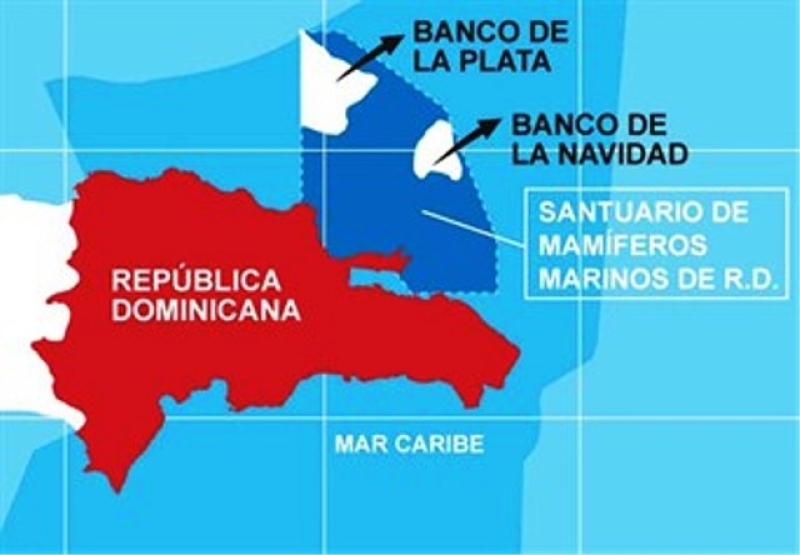
The reasons for the apparent deterioration of the reef in the Banco de la Plata may in part be speculation, due to the lack of previous data on its state of conservation. Coral bleaching due to increased temperatures as a result of climate change, overfishing, especially of prohibited species such as parrotfish, diseases and the increase in strength and frequency of hurricanes may be the main reasons for its deterioration, which possibly very close to a point of no return.
Despite the fact that since 2015 there is a specific regulatory framework such as the Management Plan for the Sanctuary of Marine Mammals, Banco de la Plata and La Navidad, which in accordance with the provisions of the General Law on the Environment and Natural Resources (Law 64-00 ) and the Sector Law on Protected Areas (Law 202-04), the administration of the Sanctuary as a protected area corresponds to the Ministry of Environment and Natural Resources, through the Vice Ministry of Protected Areas and Biodiversity. In the operational part, the administration of the Sanctuary is also supported by the provincial directorates of Environment and Natural Resources of the provinces: María Trinidad Sánchez, Samaná and Puerto Plata. In addition, numerous actors of a diverse nature intervene in the management of the Sanctuary: government, universities and academies, national NGOs, international NGOs, Cooperation for Cross-Border Governance, the private sector, the community sector and an administrator hired by the Ministry of Environment and Natural Resources. .
The report leaves open a discussion about the current situation of the Banco de la Plata and suggests some actions to mitigate the deterioration of the reef, such as: identification of threats and development of mitigation plans. Start with the development of a management, monitoring and control plan for poaching fisheries in the Bank. Work on the elaboration of fishing exclusion zones within the shoal in conjunction with the competent organisms and the communities that make use of the Bank and establish a periodic monitoring program to evaluate trends of decline, recovery and/or stability in the reefs of the Bank of the Silver.
For the director of Anamar, Jimmy García Saviñón, the study carried out at Banco de la Plata is the first of its kind and creates a baseline for future research.
"Their results show us that a special monitoring and management plan is necessary to control the abusive overfishing of reef fish, vital species for controlling the growth of algae on reefs, with its consequent effects on the health of benthic communities" García Saviñón explained to Diario Libre.
The goal for the institution is that this study will serve for the development of effective protection policies in favor of the coral and fish communities of this important place, for which various government institutions must come together to join forces.
"Our banks are a refuge for humpback whales and we must protect them so that they are also a sanctuary for living corals, reef fish and benthic communities, it is our duty and we will comply with that," he concluded.

Comments to this:


